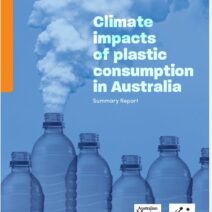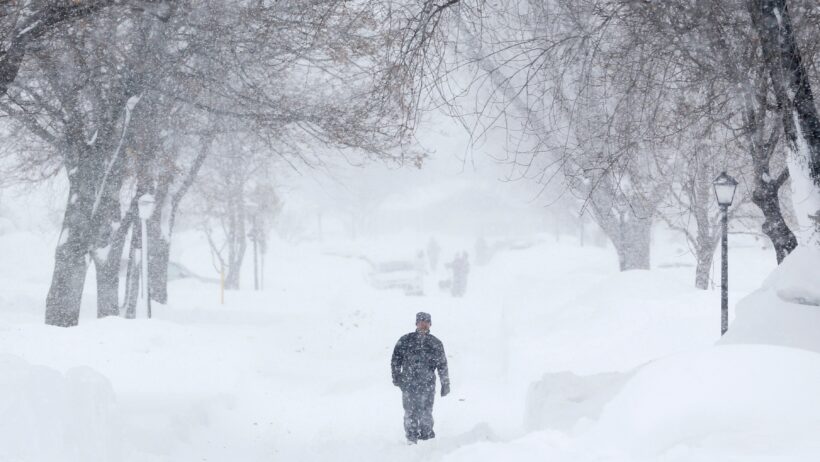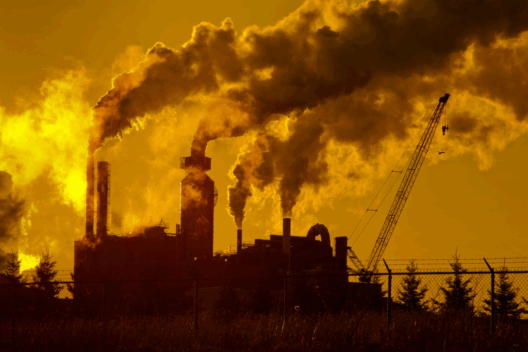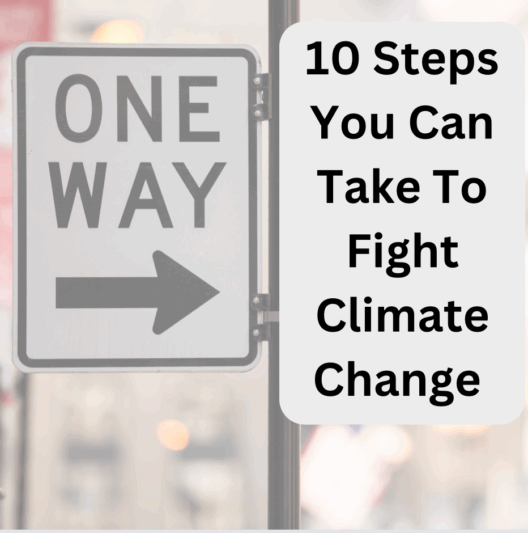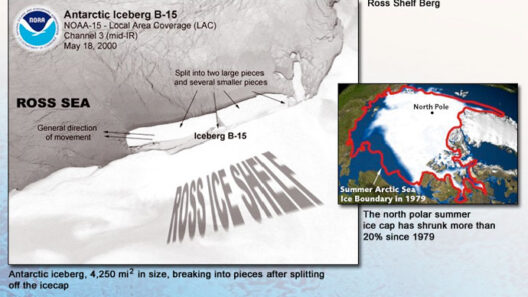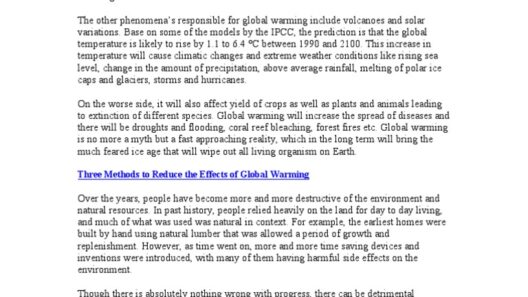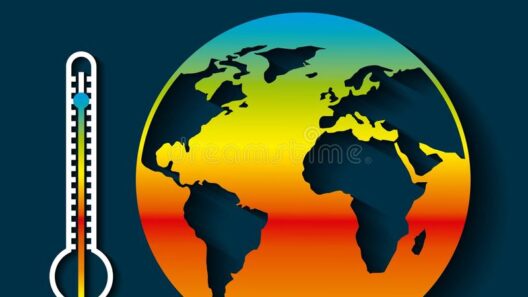Extreme weather events have increasingly defined the contemporary dialogue surrounding climate change. Such phenomena—once regarded as anomalies—are now becoming commonplace, with scientific consensus pointing to global warming as a pivotal catalyst. From devastating hurricanes to unprecedented heatwaves, the implications of a warming world manifest in myriad ways, affecting ecosystems, economies, and human lives. This article delves into the various types of extreme weather events, their connection to climate change, and the broader ramifications for society.
Understanding Extreme Weather
Extreme weather encompasses a range of events characterized by their intensity and rarity. These include hurricanes, tornadoes, floods, droughts, and heatwaves. Such occurrences are not merely natural disasters; they represent a growing pattern exacerbated by anthropogenic climate change. Research indicates that as global temperatures rise, the frequency and severity of these events are notably increasing, creating a feedback loop of destruction and alteration within the environment.
Hurricanes and Tropical Storms
Hurricanes are perhaps the most visually dramatic manifestation of extreme weather. Warmer ocean temperatures facilitate increased moisture in the atmosphere, thereby intensifying wind speeds and precipitation levels associated with these storms. The 2020 Atlantic hurricane season was a striking example, producing a record 30 named storms. The repercussions of such events are dire: coastal erosion, flooding, and damage to infrastructure. Not only do these hurricanes wreak havoc on local communities, but they also pose serious long-term economic challenges and hinder recovery efforts.
Flooding: The Rising Tide
Heavy rainfall is another consequence of a warming atmosphere. Increased evaporation leads to more moisture being held in the air, resulting in torrential downpours. This phenomenon was clearly evident during recent years, with cities like Houston and New Orleans experiencing catastrophic flooding events. The climate crisis spurred by global warming has rendered certain regions more susceptible to flooding, calling into question the sustainability of urban planning and infrastructure. Beyond immediate destruction, flood events can contaminate water supplies, spur mold growth, and displace populations, all of which strain public health systems and emergency services.
Heatwaves: Searing Reality
The reality of extreme heat is undeniable. As the planet warms, prolonged heatwaves have become not only more frequent but also more intense. The European heatwave of 2019, which resulted in scorching temperatures across multiple countries, serves as a haunting illustration. Heat-related illnesses and fatalities climb during such episodes, particularly affecting vulnerable populations, including the elderly and those with preexisting health conditions. Additionally, chronic heat exposure cracks under the pressures of agricultural systems, leading to diminished crop yields and food insecurity.
Droughts and Water Scarcity
Conversely, areas suffering from drought are also experiencing exacerbated conditions due to climate change. The Southwest United States, for example, has endured prolonged periods of arid weather, leading to significant water shortages. These droughts disrupt the delicate balance of ecosystems, placing stress on flora and fauna and complicating agricultural practices. With water becoming an increasingly scarce resource, conflicts over access may intensify, presenting socio-political challenges that ripple across regions.
Wildfires: A Scorching Inferno
Wildfires have emerged as a particularly alarming consequence of climate change-linked extreme weather. Elevated temperatures and prolonged dry spells create a perfect storm for wildfires to ignite and spread. The wildfires in Australia and California have drawn global attention, revealing the destructive path of these flames. The ecological damage is staggering, displacing wildlife and obliterating habitats, while also contributing to air quality deterioration across vast regions. Furthermore, the smoke generated from wildfires can travel thousands of miles, impacting health and air quality far beyond the immediate area of the blaze.
Socioeconomic Ramifications
The economic toll of extreme weather cannot be overstated. From damage to personal property to infrastructure repairs, costs skyrocket in the aftermath of such events. Governments often find themselves stretched thin, reallocating resources to address immediate needs while neglecting broader social provisions. Furthermore, climate change threatens to exacerbate existing inequalities, as marginalized communities often bear the brunt of climate impacts with fewer resources for recovery. The displacement of communities due to rising sea levels, for instance, poses pressing questions around housing, healthcare, and economic opportunity.
Mitigation and Adaptation Strategies
To combat the escalating trend of extreme weather, concerted efforts toward mitigation and adaptation are imperative. Transitioning to renewable energy sources, enhancing energy efficiency, and adopting sustainable agricultural practices represent steps toward reducing greenhouse gas emissions. On a local level, communities must prioritize resilience, improving infrastructure to withstand extreme weather events and investing in green spaces to aid stormwater absorption.
Global Cooperation: A Necessity
Finally, addressing the challenges posed by extreme weather necessitates global cooperation. Climate change knows no borders; thus, international collaboration is essential. Countries must work together to share research, resources, and strategies to combat the impending crises associated with climate change. Initiatives such as the Paris Agreement underscore the importance of unified action, aiming for global temperature rises to be limited to well below 2 degrees Celsius above pre-industrial levels.
In summary, extreme weather is not merely a harbinger of disaster; it is a compelling indicator of a warming world. Recognizing the intricacies of these events and their interconnectedness with climate change is essential. Humanity stands at a crossroads, necessitating immediate action and a commitment to sustainable practices for the sake of our planet’s future. The time to act is now, before extreme weather becomes the inescapable norm.
